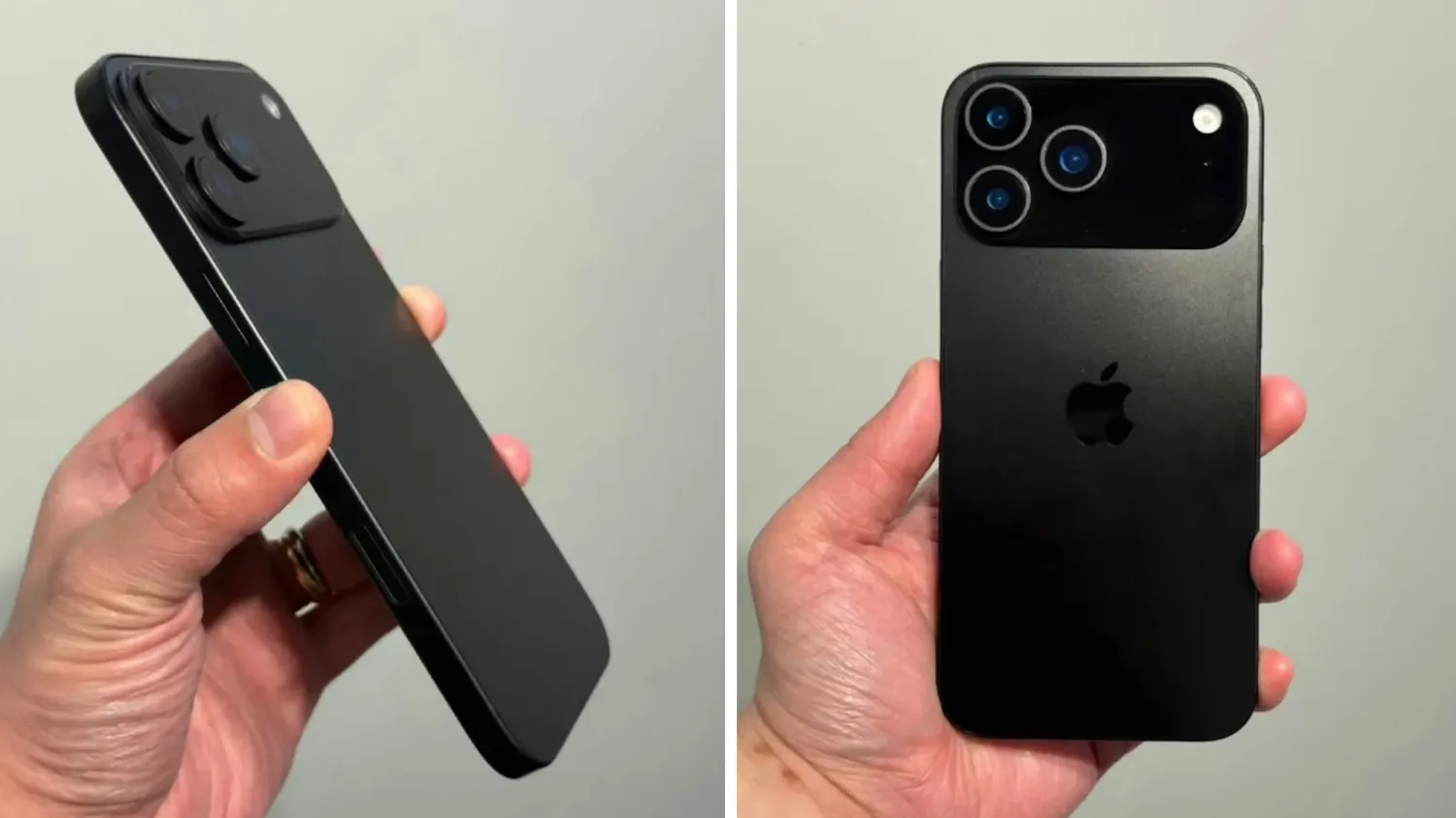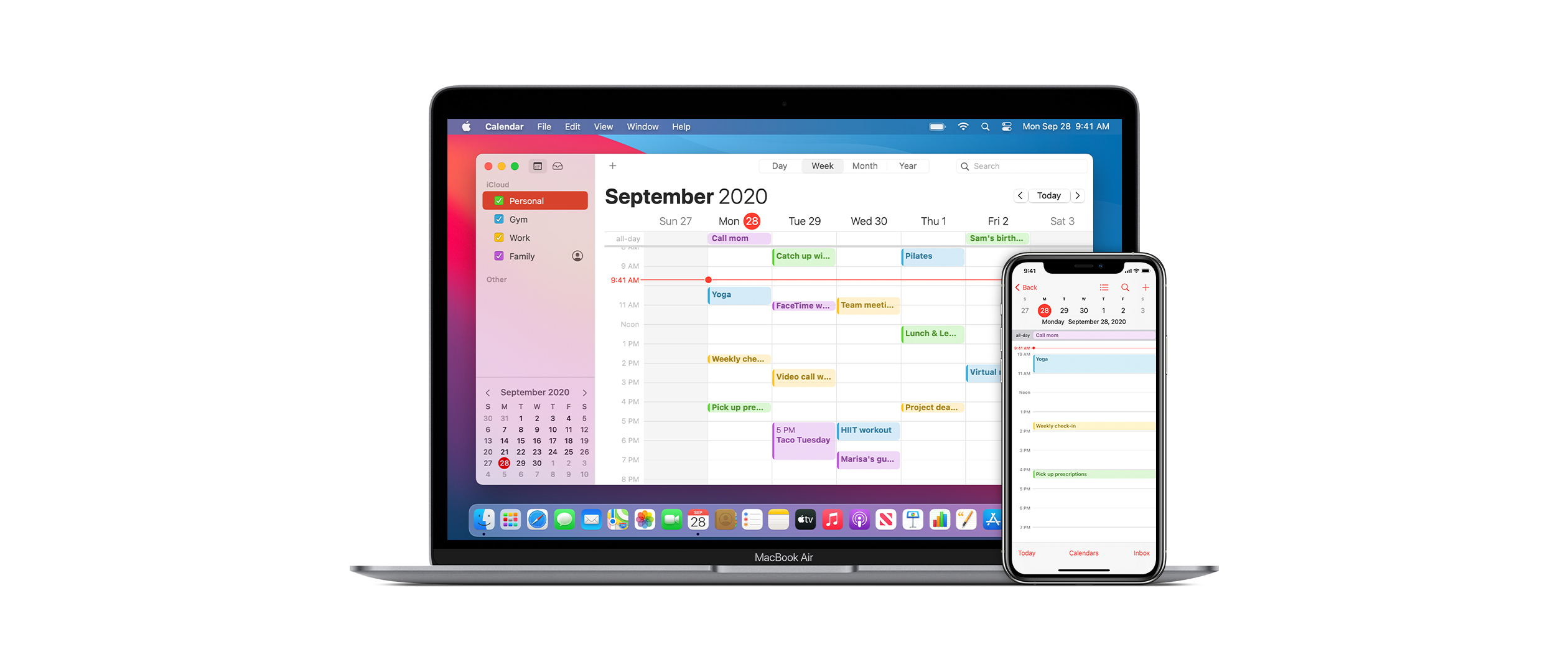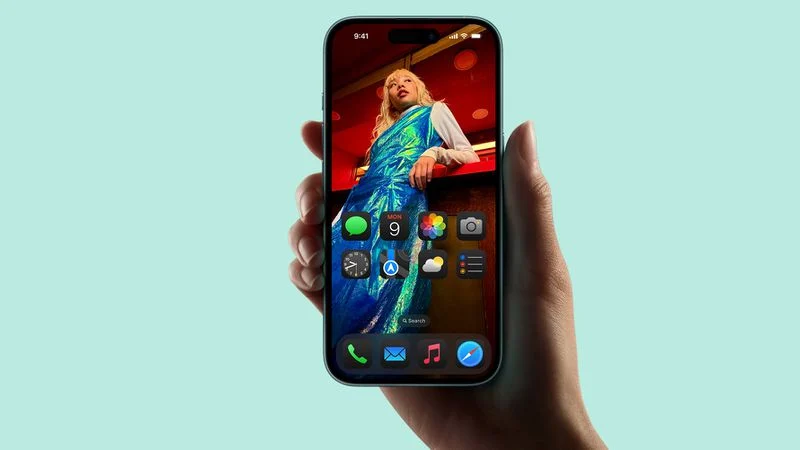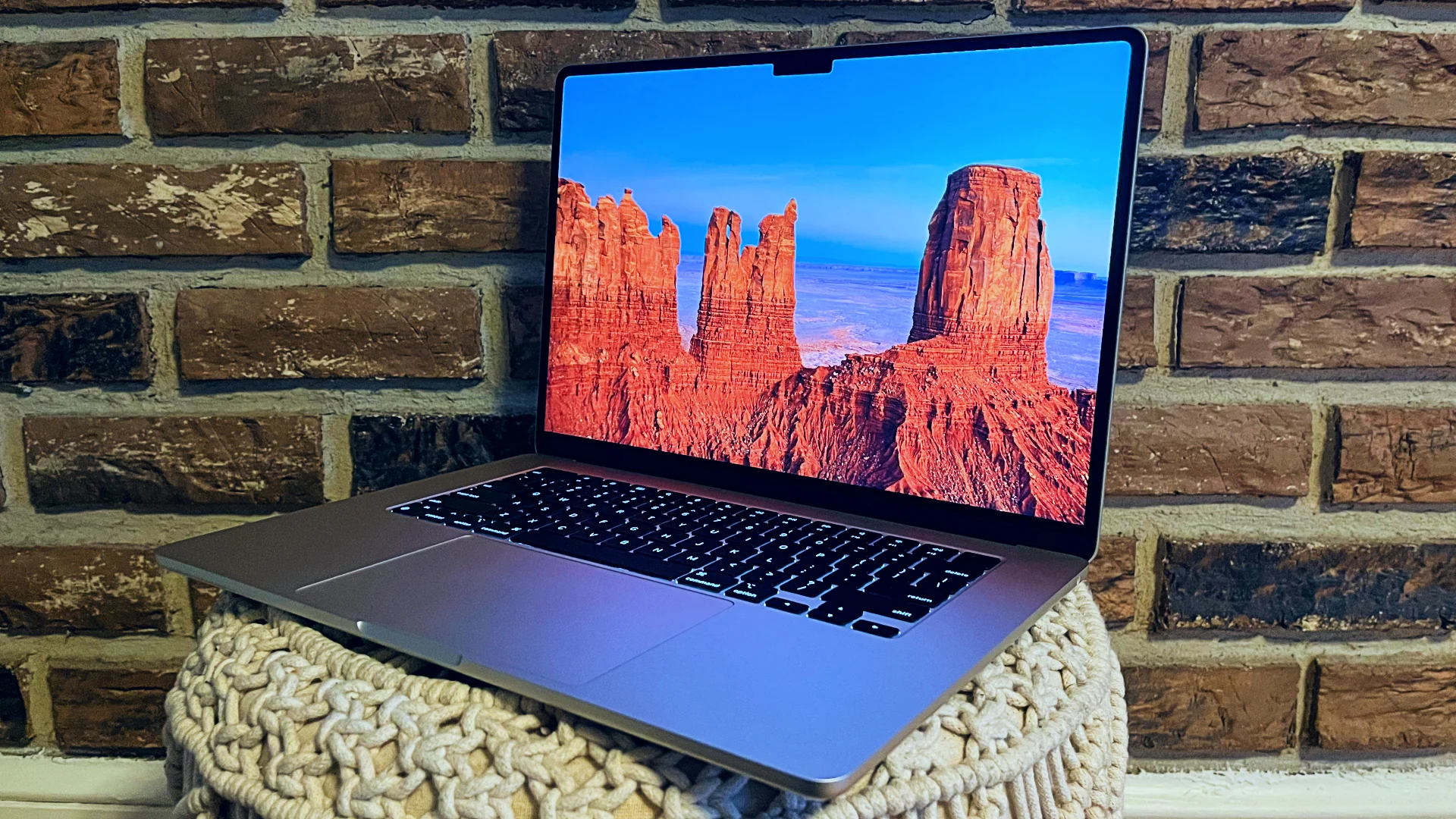Apple is gearing up for exciting updates to its Apple TV 4K and iPhone 17 Pro, set to launch later in 2025. Here’s a simple breakdown of what to expect from these new devices.
For the Apple TV 4K, it’s been almost three years since the last update in 2022, and a new model is coming soon.
According to Bloomberg’s Mark Gurman, the device is planned for a late 2025 release, likely in October or November. It will feature a faster chip, possibly the A17 Pro or A18, to support better gaming and Apple Intelligence features like an improved Siri. There’s also talk of a built-in camera for FaceTime calls and gesture controls, plus a new Wi-Fi and Bluetooth chip for smoother connections. Some hope for a lower price, maybe under $100, to compete with other streaming devices.
The iPhone 17 Pro is also getting a fresh look. It will swap the usual camera bump for a sleek “camera bar” that stretches across the back, creating a cleaner design. Dummy units shared by Majin Bu show this in black.
The phone will boast a 48MP telephoto lens, multi-camera video recording, and a 24MP front camera for sharper selfies. These upgrades aim to enhance photography and video, launching alongside other iPhones in September. Both devices show Apple’s focus on smarter tech and better user experiences, making them 2025 must-haves.







